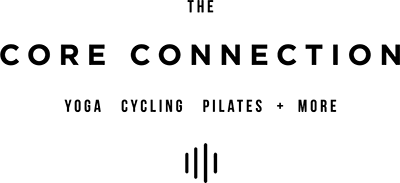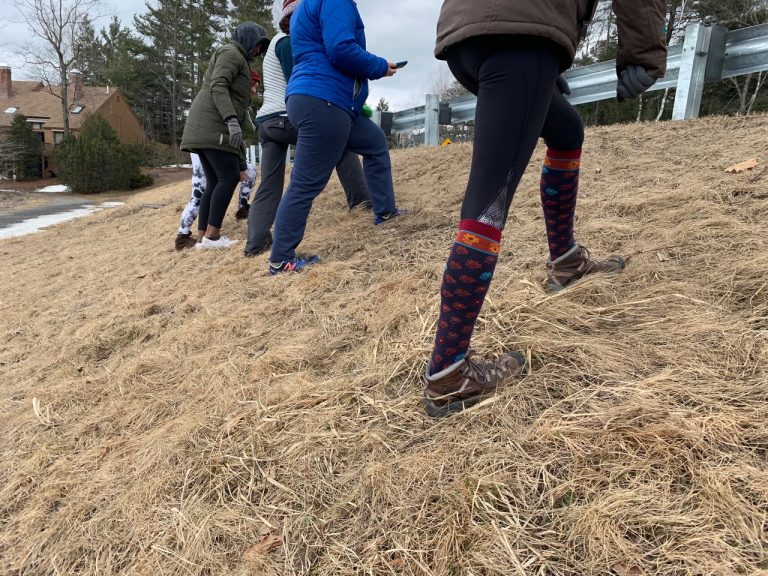Published Metrowest Daily News, July 8, 2019
Look around your workplace and you’ll likely see footwear ranging from sandals to high heels, sneakers to wingtips.
We typically choose our footwear based on style, comfort, price or all three. But most of us spend little time thinking about whether our footwear provides the fit and support we need for a healthy foot.
The right footwear can help you keep your feet in the shape they need to be in to achieve overall fitness, while the wrong footwear can lead to bunions, arch pain, corns and calluses. Poor footwear choices can lead to a wide variety of foot disorders and ultimately affect your balance, your gait and your quality of life.
If your feet are healthy, you’ll be more mobile and you’ll have better stability and balance. You’ll also be in a better position to build strength throughout your body.
How can you find the right fit for foot fitness? Start by looking down.
If you’re wearing high heels, the narrow toe box is squishing your toes together and shutting down your toe muscles. Over time, your toes may become weak and unable to separate.
In addition, because high heels put your feet at an angle, they pull your muscles and joints out of alignment. They also push your knees and hips forward, forcing your back to hyperextend backward, which can cause low back, neck and shoulder pain.
High heels that are a bit loose can create friction as your foot slides back and forth, resulting in blisters, bleeding feet and ripped toenails.
If you’re wearing wingtips, note that podiatrist Dr. Brian Fullem says they are “the worst shoe for men,” because the toe box is narrow and will squish your toes together.
Shoes that are too tight are the most common cause of bunions, which form as bumps around the joint at the base of the big toe. Bunions can cause pain and swelling.
Narrow shoes may also lead to ingrown toenails, because your first toe presses against the second toe. The resulting pressure on the nail can cause inflammation and pain.
If you’re wearing flip-flops or sandals that include a strap that goes between your big toe and your second toe, you’re a prime candidate for developing hammertoes. The muscles in your toes will need to constantly grip to keep your flip-flops from flopping.
Extensive use of flip-flops cause over-gripping to keep the flop on your foot. Over time, your toe muscles shorten significantly and may bend into a hammer-like shape. Your foot may become inflamed or develop corns and wart-like bumps. It is uncomfortable and unattractive. Changing your footwear now may save you from having to use an orthotic device or undergo surgery sometime in the future.
If you’re wearing Ugg boots, ballet flats or other footwear that lacks support, you’re likely to develop collapsed arches or flat feet, which result from overpronation, which takes place when the arches of your feet roll inward or downward as you walk.
People with flat feet are at risk for stress fractures and neuromas, which are enlargements of the nerves between the bones.
Finding the right footwear
Starting with the right footwear is, of course, the first step toward foot health. Footwear should ideally match the shape of your foot as closely as possible. If it is too tight or too loose, problems will develop.
Appropriate support is also important, including support in the arch, the upper area of the foot and the back. Footwear also should provide shock absorption, protecting your heels and the balls of your feet from excessive pressure. The sole should be flexible, too, which will help your gait.
Dr. Fullem suggested buying footwear at the end of the day, when your feet are fully expanded. Because your feet expand during the day, buying footwear made of materials that have some give will also help.
For workouts, he recommends alternating between two pairs of sneakers, as the midsoles compress and need time to expand again. In addition, the added time will provide an opportunity for your sneakers to dry out.
Strengthen your feet
While what you wear on your feet affects their health, so does your body alignment, your gait and the strength of your feet, hips and legs.
When you stand, your feet should be straight – not turned out – and your body should follow the equivalent of a plumb line. Your feet should be the width of your pelvis apart with your weight shifted to your glutes (i.e., the muscles of your buttocks). Drop your ribs, so they are stacked over your pelvis, and stack your head and neck over your shoulders.
When you walk, your whole foot should strike the ground, starting with your heel and extending through your toes. Each hip should be strong enough to support your whole body as you walk, and your arms should swing slightly from front to back, not side to side.
There are plenty of exercises that will increase the strength of your feet, hips and legs. Consider starting with an exercise band, which you can place around your ankles to perform the “monster walk.”
Keep tension on the band and your weight on your heels. Starting at one end of your mat, move one foot sideways as far as you can, then let the other foot follow. Repeat until you reach the other end of your mat, then go the other way. Monster walk the length of your mat back and forth at least three times.
Balancing on either side of a half dome or Bosu, which is like a large ball that’s cut in half, can also improve your stability. Exercises that stretch your calf, such as putting your foot on the edge of a Bosu and standing straight, can help improve your leg strength.
Various types of squats will strengthen and stretch your leg muscles. It’s important to sit back as far as you can while keeping your shins perpendicular and spine neutral, as if you’re sitting in a chair. You can perform squats with another person while you are standing face-to-face and holding each other’s hands or while standing on a Bosu.
Individual toe mobility is also important and can be improved by stretching your toes while exercising barefoot. Try stretching your toes and loosening your foot muscles by standing with a tennis ball or round stone under your foot.
There are many other exercises that can help, but one of the best exercises is one you do every day – walking. You just need to learn to do it the right way, while wearing the right footwear.
Rita Matraia is the owner of The Core Connection, a boutique fitness studio in Northborough. She is a Certified Stott Pilates Instructor, a Certified Restorative Exercise Specialist, a Certified Postpartum Corrective Exercise Specialist and a Healthy Foot Practitioner through the Nutritious Movement Center. She can be reached at rita@thecoreconnection.com.



2 Comments. Leave new
Thanks I am a mother and very busy! This helped me alot!
https://cougardating.home.blog/
I’m so glad this helped you Gertrude!